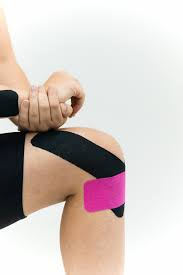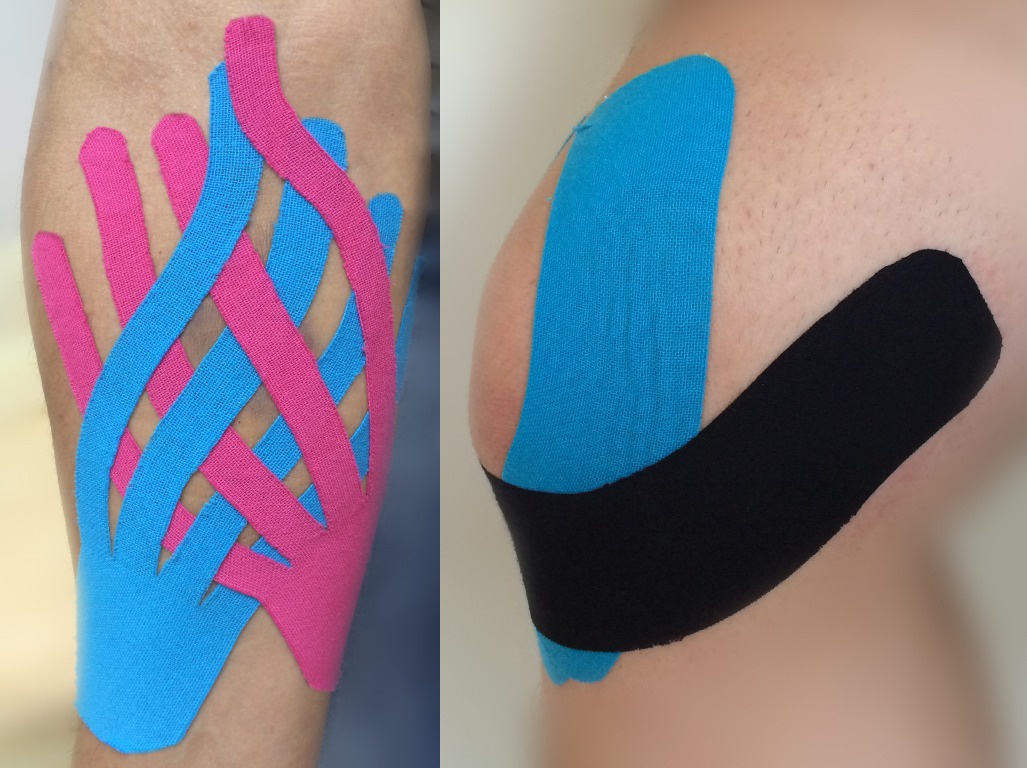Are you tired of dealing with the pain and discomfort of shin splints? Do you want to get back to your favorite activities without having to take a break every few minutes? If so, read on to learn how kinesiology tape can help.
Introduction
Shin splints are a common and painful condition that affects many athletes and fitness enthusiasts. The pain is usually caused by overuse or improper use of the muscles and tendons in the lower leg. While rest, ice, and physical therapy can be effective treatments, many people have found relief by using kinesiology tape. In this article, we'll explore what kinesiology tape is, how it works, and how to use it to relieve shin splints.

What is Kinesiology Tape?
Kinesiology tape is a type of flexible tape made from cotton or synthetic fabric with an adhesive backing. It is used to support and stabilize muscles and joints during physical activity. Kinesiology tape is designed to mimic the properties of human skin, allowing for full range of motion while providing support and compression. It is also water-resistant and can be worn for several days at a time.
How Does Kinesiology Tape Work?
Kinesiology tape works by lifting the skin and underlying tissue away from the muscle, which helps to increase circulation and reduce inflammation. It also provides support to the muscle and helps to improve proprioception, which is the body's ability to sense its position in space. This can be especially helpful for athletes who need to maintain proper form and technique during their workouts.
Using Kinesiology Tape for Shin Splints
Before applying kinesiology tape to your shins, it's important to properly diagnose your condition and seek advice from a medical professional. Shin splints can have several causes, including stress fractures, muscle strains, and tendonitis. Once you have a proper diagnosis, you can begin to use kinesiology tape to help alleviate your symptoms.
Step 1: Prepare the Skin
Clean and dry the skin on your shins before applying kinesiology tape. If you have any hair on your legs, it's best to shave the area where the tape will be applied to ensure proper adhesion. It's also important to avoid using lotions, oils, or other products on your skin, as this can prevent the tape from sticking.
Step 2: Cut the Tape
Cut a piece of kinesiology tape to the desired length. The length will depend on the size of the affected area and the amount of support you need. You can use scissors to cut the tape or tear it with your hands. If you tear the tape, be sure to round the corners to prevent the tape from peeling off.
Step 3: Apply the Tape
Gently apply the kinesiology tape to the affected area, making sure to smooth out any wrinkles or bubbles. Be sure to apply the tape with proper tension. If the tape is too loose, it won't provide enough support, and if it's too tight, it can restrict blood flow and cause discomfort.
Step 4: Adjust and Rub the Tape
Once the tape is applied, you can adjust it as needed. If you feel any discomfort or if the tape is too tight, you can gently lift the edges of the tape and reapply it with less tension. Be sure to rub the tape to activate the adhesive and ensure a secure hold.
Step 5: Remove the Tape
Kinesiology tape can be worn for several days at a time, but it's important to remove it if it becomes loose or if you experience any discomfort. To remove the tape, gently peel it off in the direction of hair growth. You can also remove the tape while in the shower or bath to help loosen the adhesive.
Wrapping It Up
Kinesiology tape can be a helpful tool for relieving shin splints. It works by providing support and compression to the affected area, while also improving circulation and reducing inflammation. By following these simple steps, you can effectively use kinesiology tape to manage your shin splint symptoms and get back to your favorite activities.
In addition to using kinesiology tape, it's also important to address the underlying causes of your shin splints. This may involve modifying your exercise routine, wearing proper footwear, and incorporating strength and flexibility training into your workouts. If your symptoms persist or worsen, it's important to seek medical attention.
Remember, kinesiology tape is just one tool in your arsenal for managing shin splints. By taking a comprehensive approach to your treatment, you can effectively manage your symptoms and prevent future injuries.


No comments yet